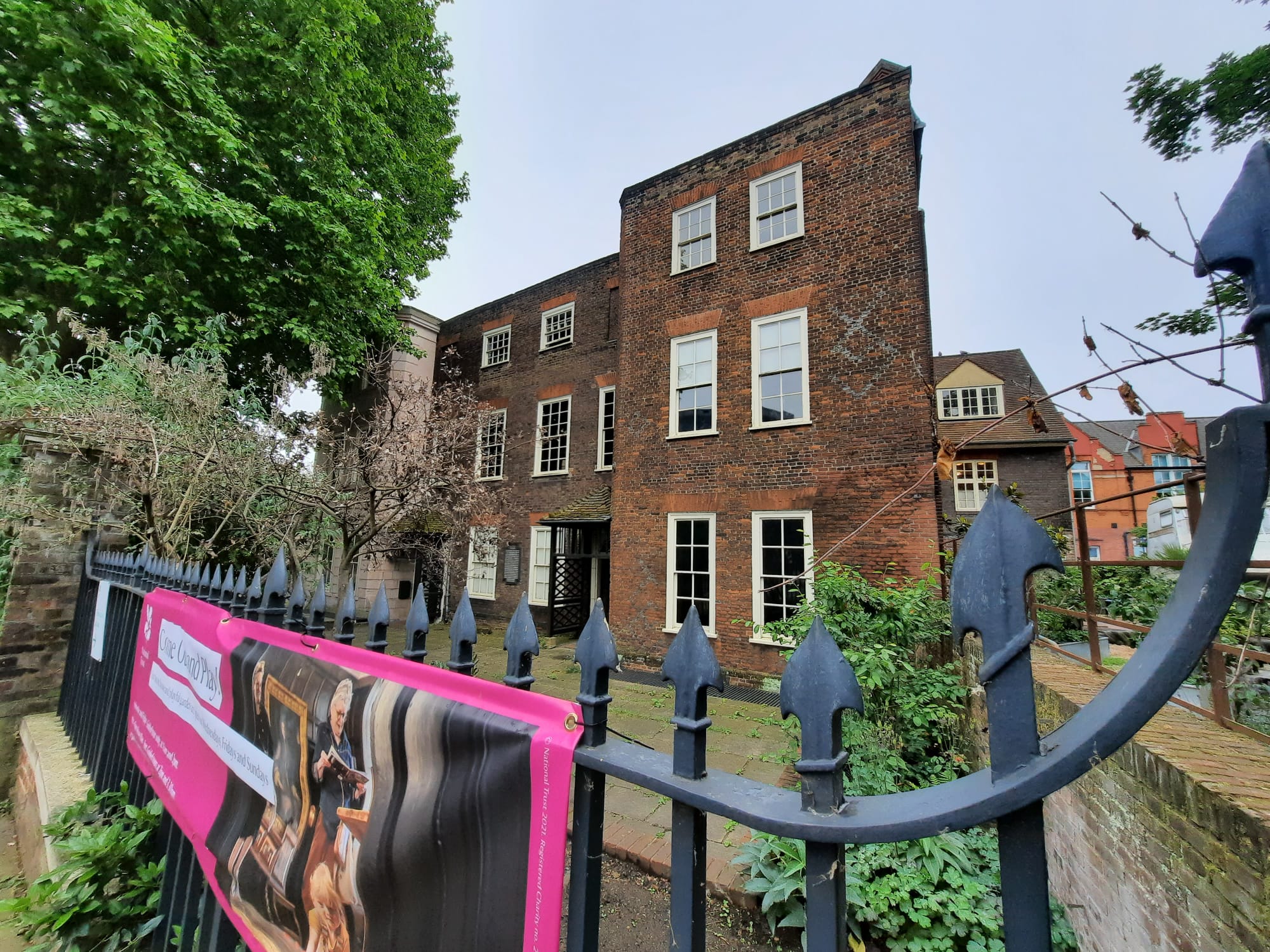Sutton House & Breaker’s Yard, London
A visit to Sutton House and Breaker’s Yard in London. Hackney’s oldest house is a National Trust property with a difference.
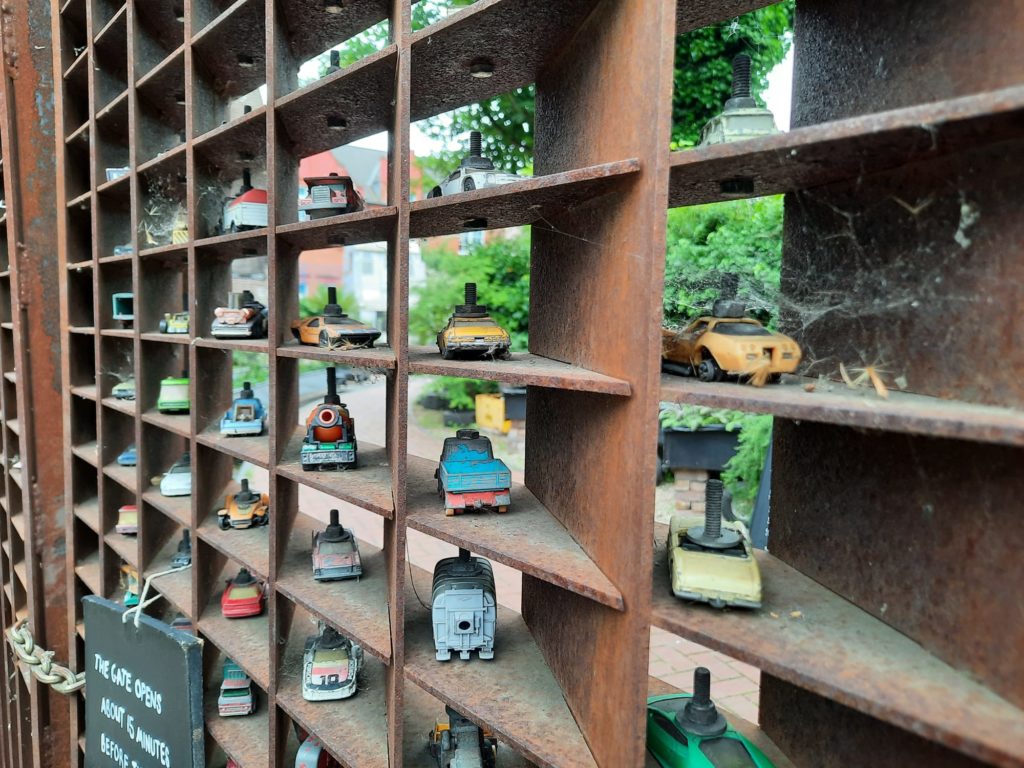
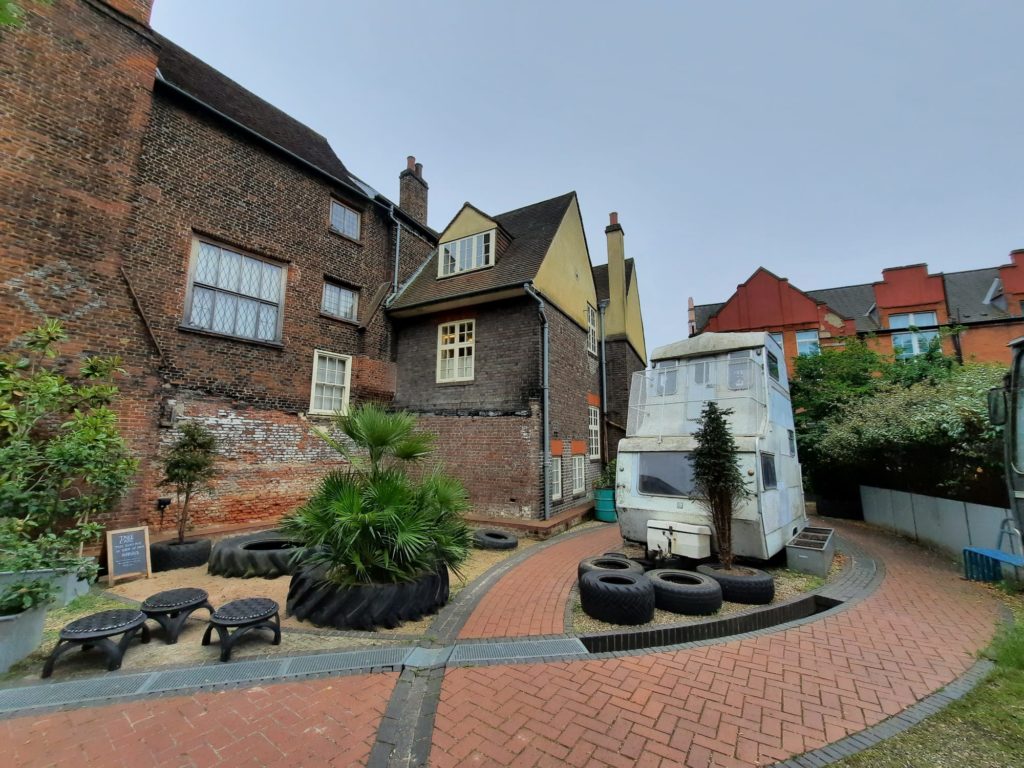
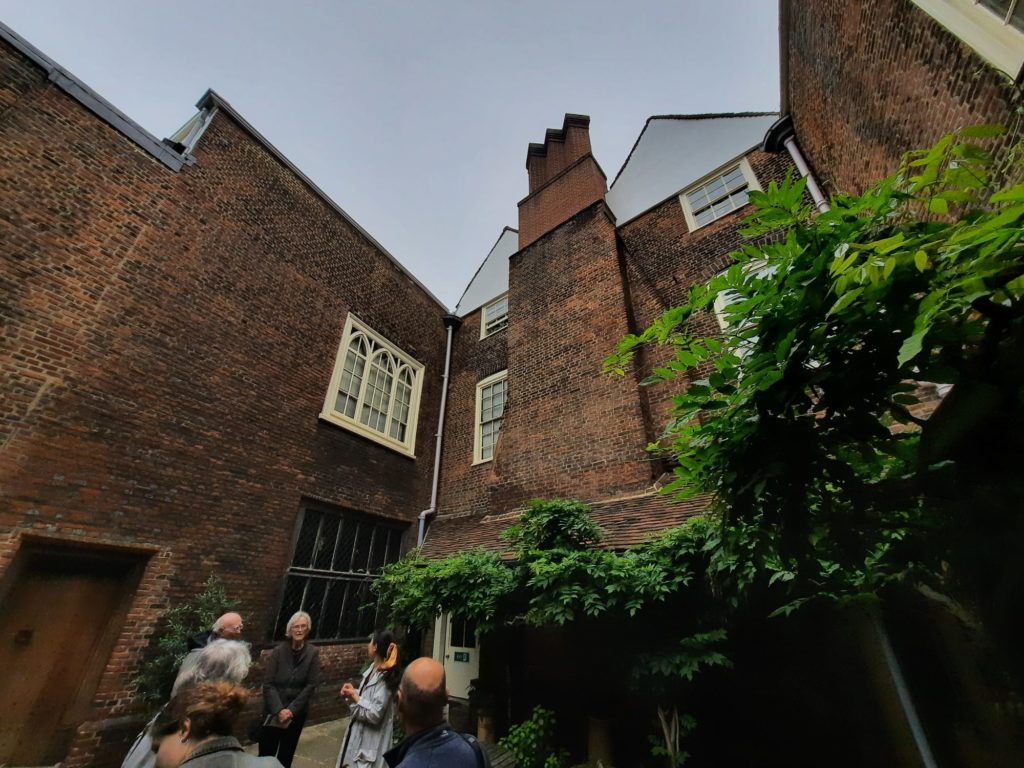
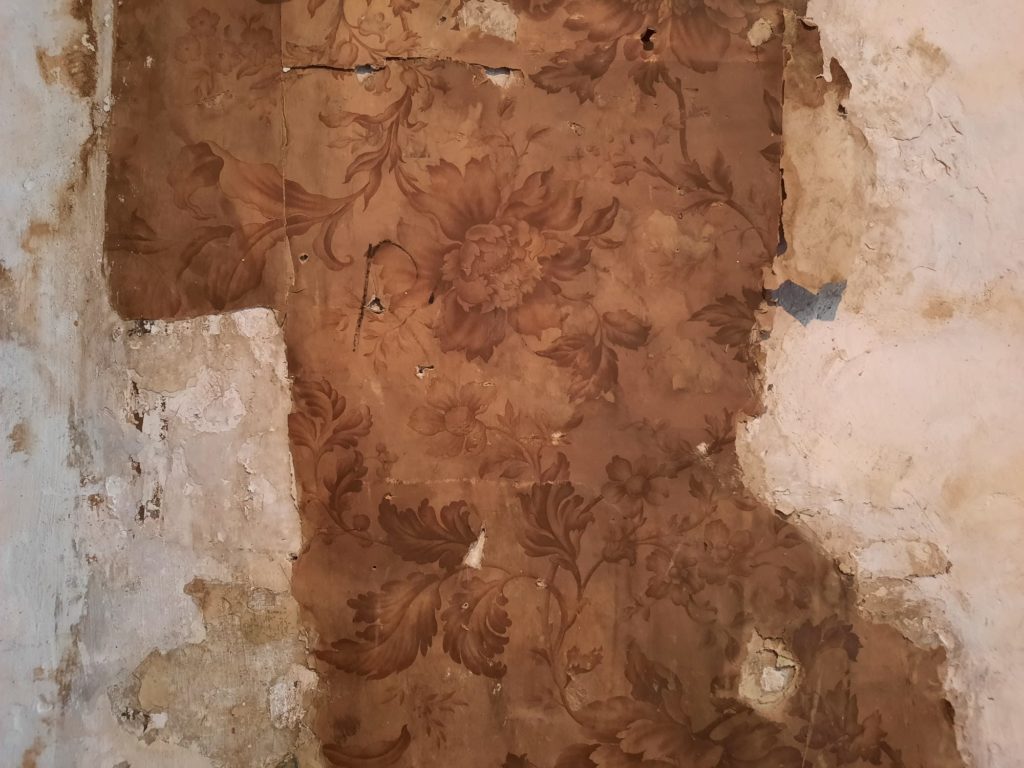
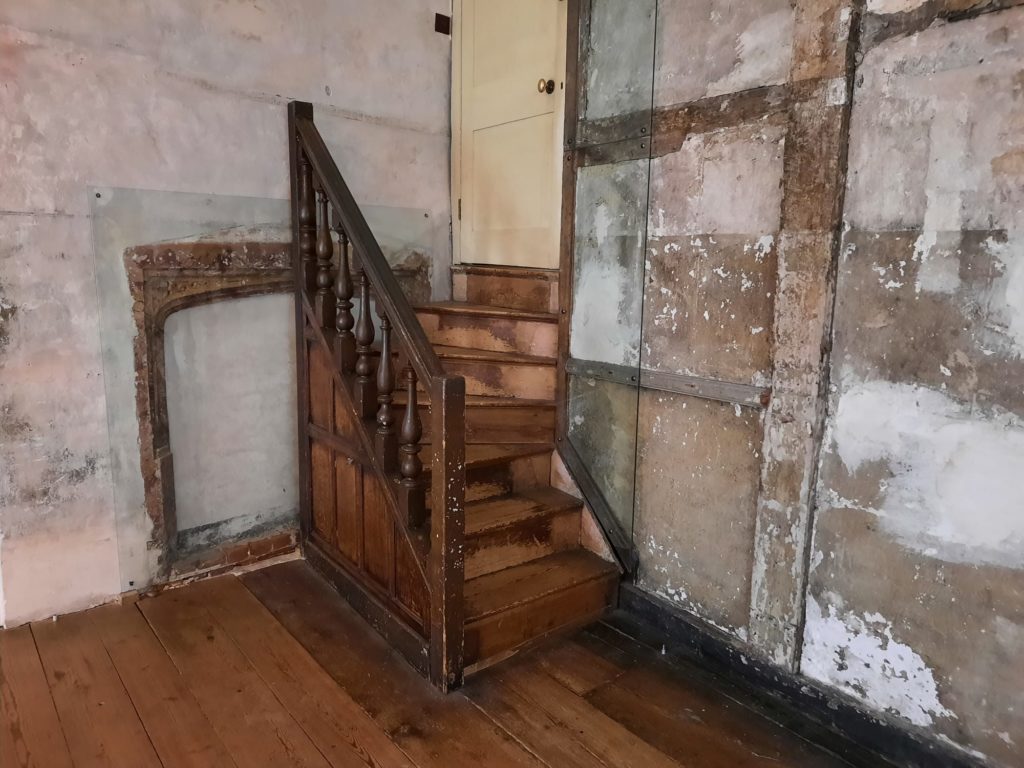
The Oldest House in Hackney
Sutton House, in Hackney, is very unassuming. It sits on a main road, with not much land around it, and doesn’t look like much from the street. Yet this is a Tudor house at heart, which has weathered the fortunes of the area around it. It’s also a National Trust property unlike most others.
Sutton House began life as Bryk Place in 1535, built by Ralph Sadleir. Bricks were quite a Tudor status symbol – think of Hampton Court Palace, for instance. Sutton House still has some of its original Tudor bricks, and our guide pointed out something interesting to us. Where you see patterns picked out in dark bricks on buildings of this age, these bricks were not intentionally dark but became discoloured during the firing process. Not wanting to waste them, they instead became decorative schemes.
Apparently if you’ve read Hilary Mantel’s Wolf Hall trilogy, you might have heard of Ralph Sadleir. I haven’t, but that didn’t impede my visit at all. Anyway, Sadleir only lived there for around 15 years. After his time, the house passed to John Machell; was the residence of silk merchant Captain Milward circa 1627; was divided in two in the 18th Century (Ivy House – later Picton House – and Milward House); one half functioned as a boarding school; and then it became a single house again under the ownership of the Church of Saint John at Hackney, when it was the St John’s Church Institute. From there the National Trust bought it in 1938 and rented it to organisations including Hackney Council and a trade union.
An interesting period began in 1985 when, the house having long been empty due to lack of interest in renting it out, squatters moved in. They renamed it the Blue House, and ran it as a quasi community centre. When there were plans in the late 1980s to turn it into luxury flats, a community campaign to stop it being sold to developers was successful. After extensive renovations and research into its history, Sutton House opened to the public in 1994.
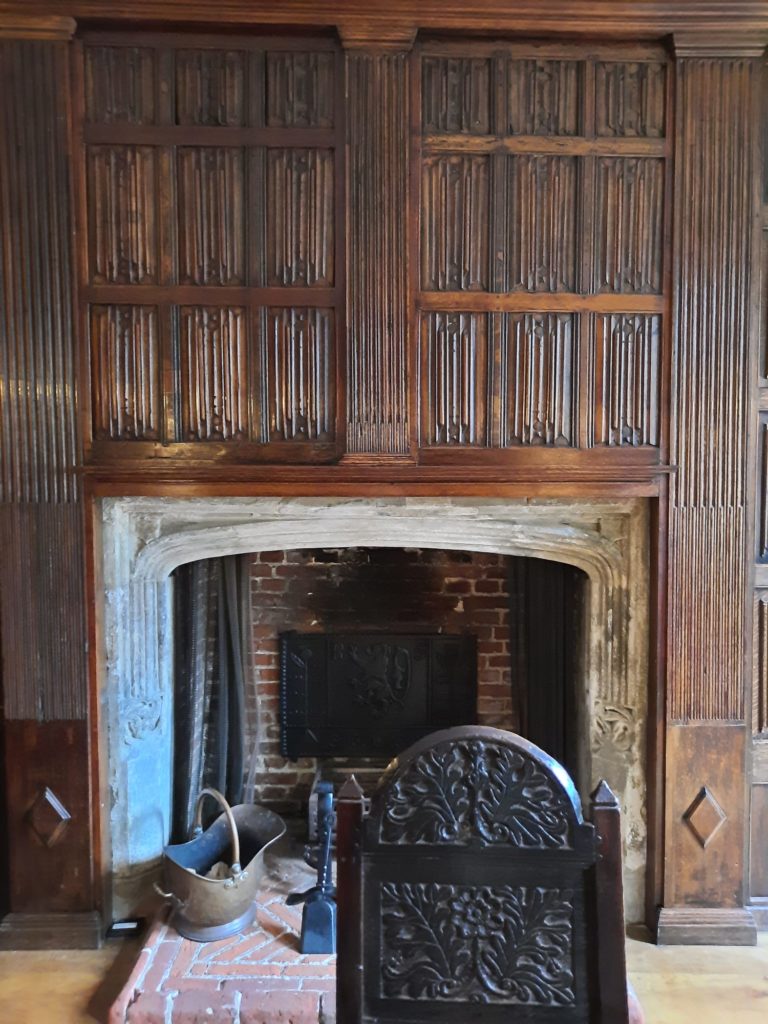
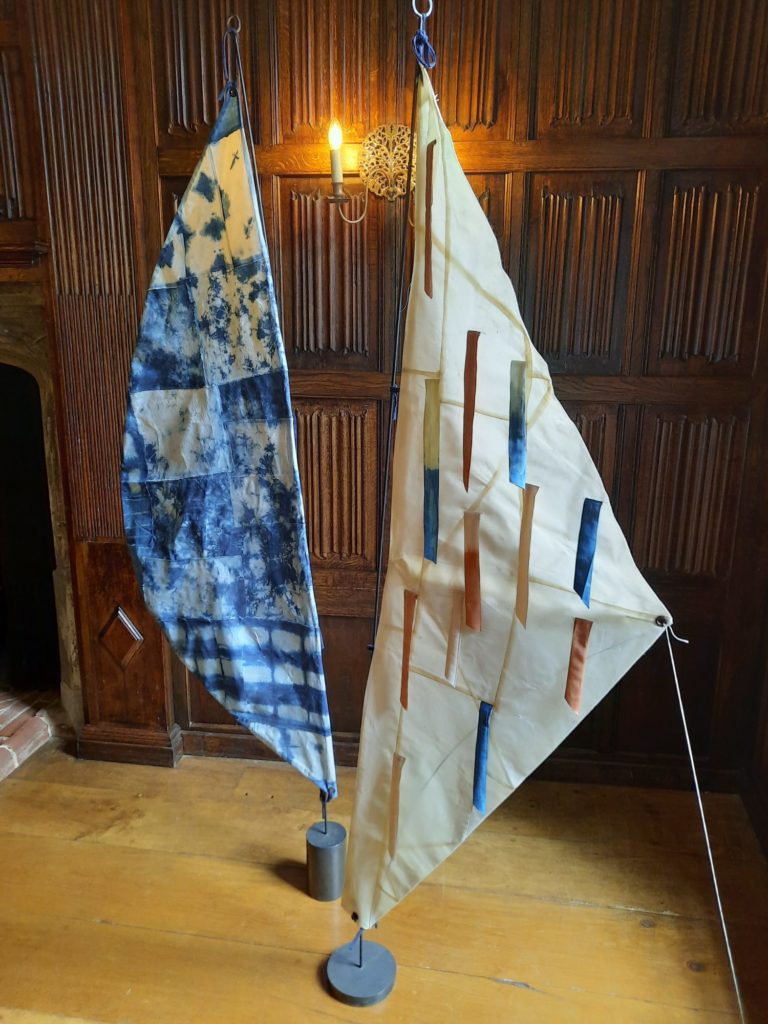
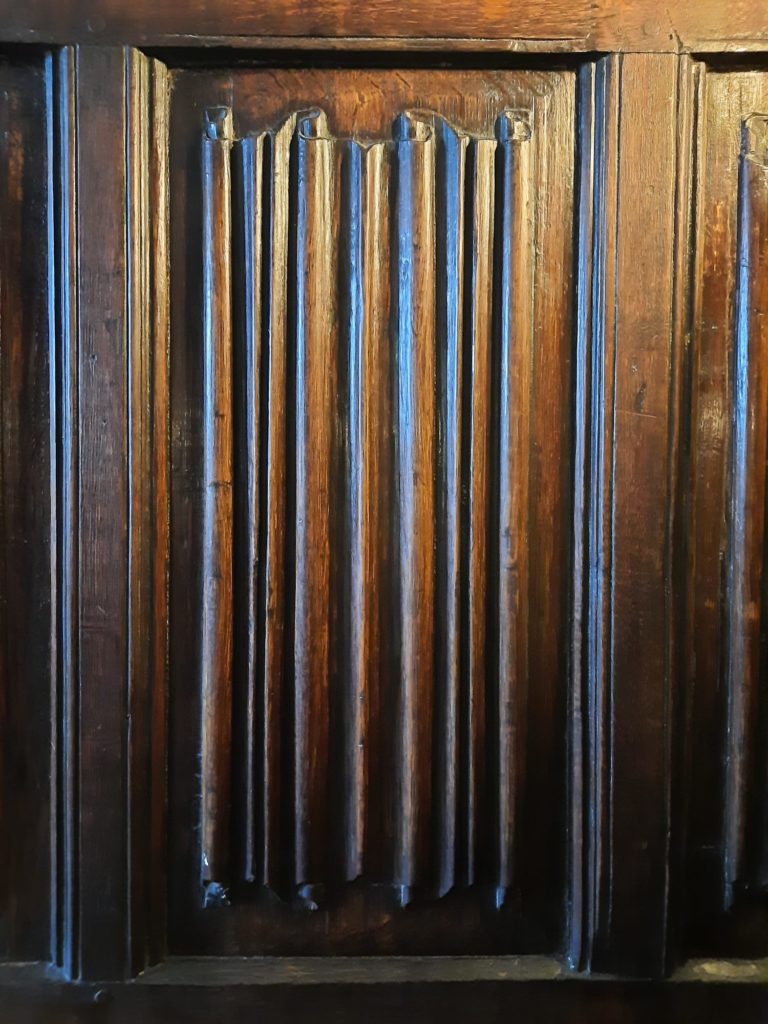
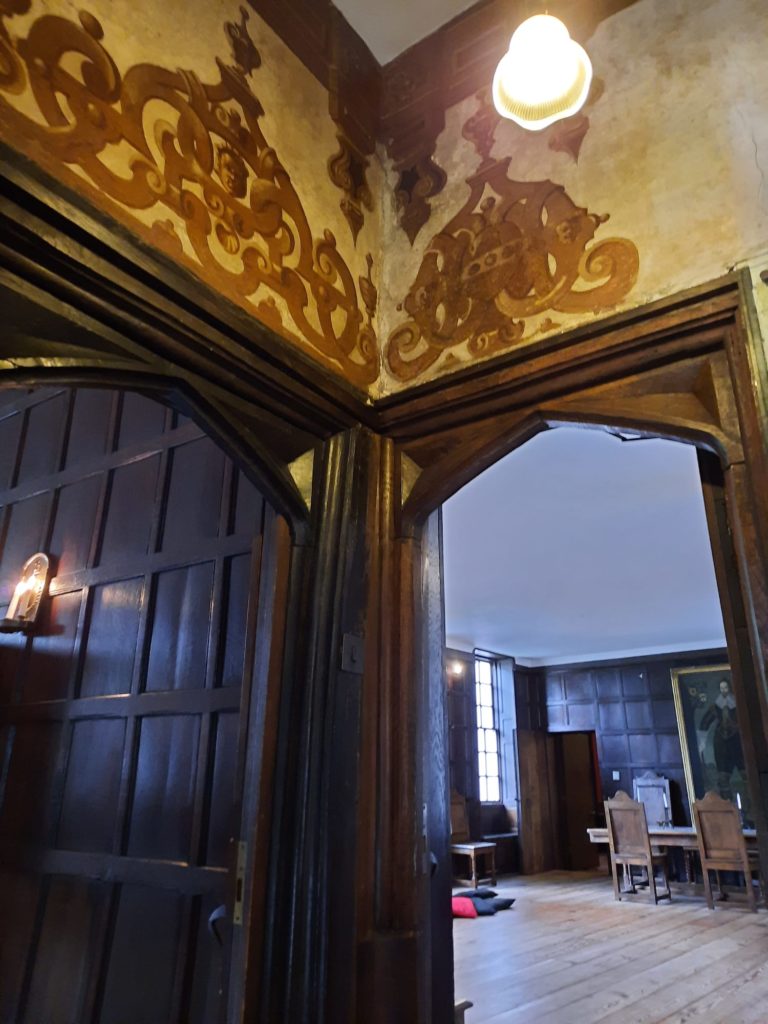
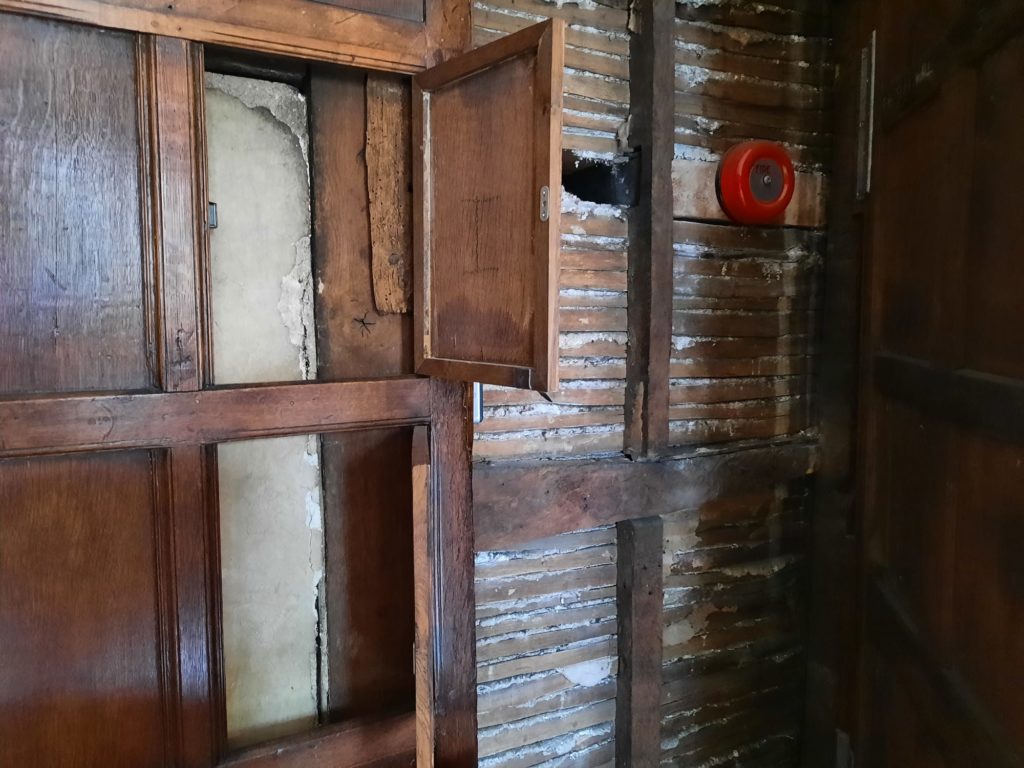
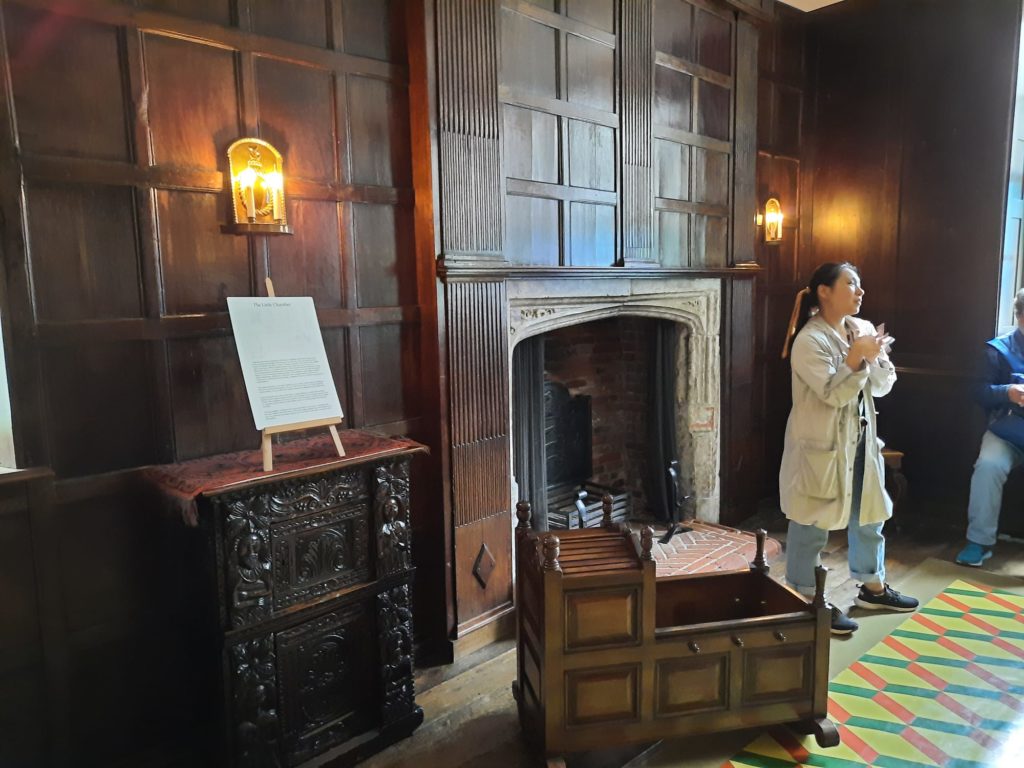
An Unusual National Trust Property
What interested me so much about Sutton House was where it fits into the National Trust portfolio. I even found it interesting that there is some ambiguity over how it became a National Trust property at all. The pamphlet I picked up at reception says that they purchased it in 1938, yet there’s a plaque on the front saying it was given by W. A. Robertson in memory of his brothers killed in WWI. This seems emblematic of the way the building’s history has had to be dug out of obscurity time and again.
Because despite being Hackney’s oldest house, Sutton House doesn’t come with a lot of documentation. Even the name Sutton House is a misnomer. It was assumed at some point that it belonged to the nearby estate that gave Sutton Place its name. It didn’t. But the name has stuck. It was only in researching the house in the 1990s that its connection to courtier Ralph Sadleir came to light. Or any of its other history for that matter.
And this brings me to another interesting point, which came out in discussion on our guided tour. It was really the squatters who created a sense of value around Sutton House. The National Trust had owned it for decades but had just used it as a rental. It became a community space, with a cafe, workshops, concerts and club nights. So much so that the community didn’t want to see it go, even after the squatters had moved out. And so began the process of getting it ready to be a community asset of a different kind; a National Trust property open to the public. There’s still quite a community element to the way the space is used, although the erratic opening hours must prevent it from being fully realised in this regard.
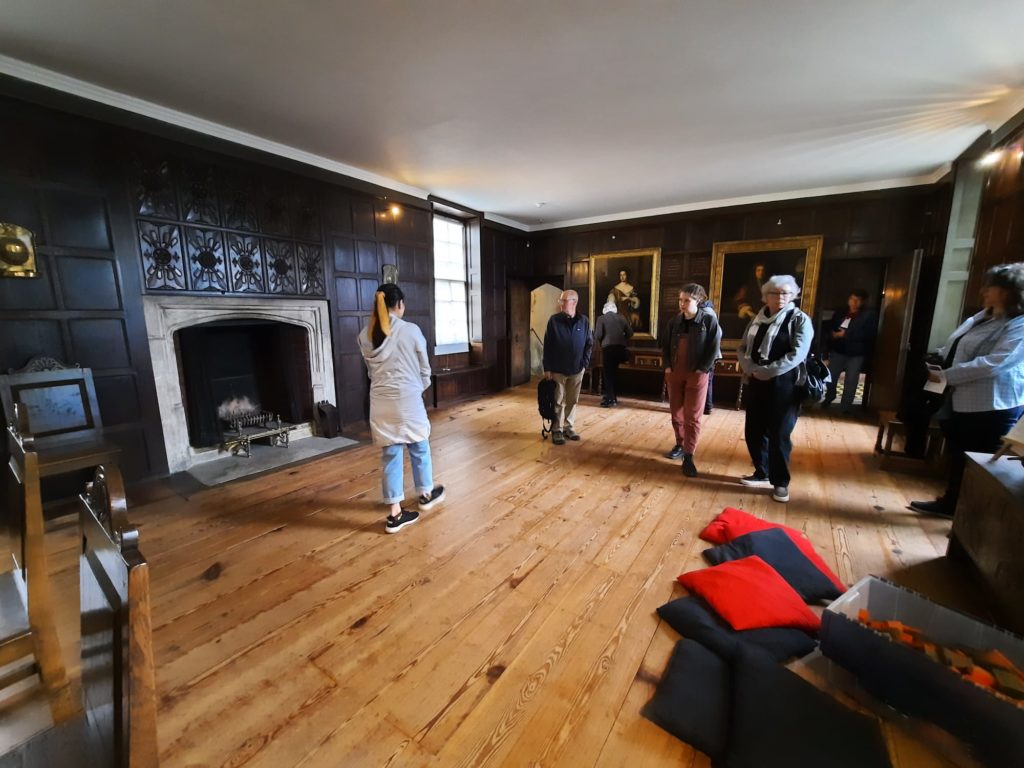


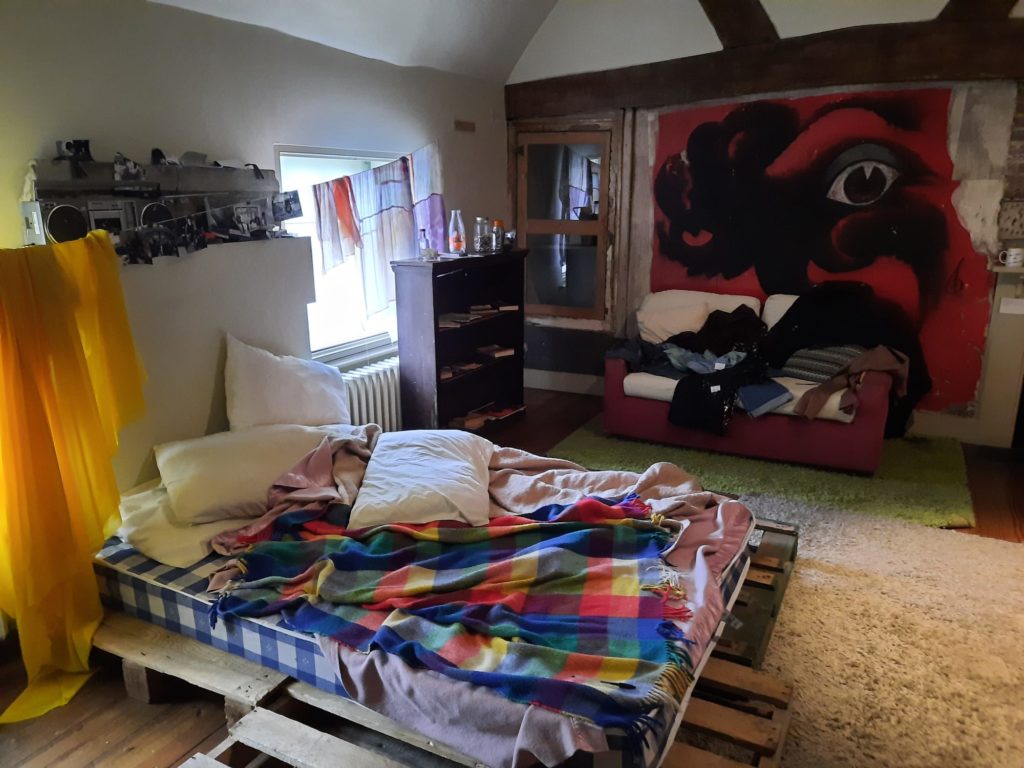
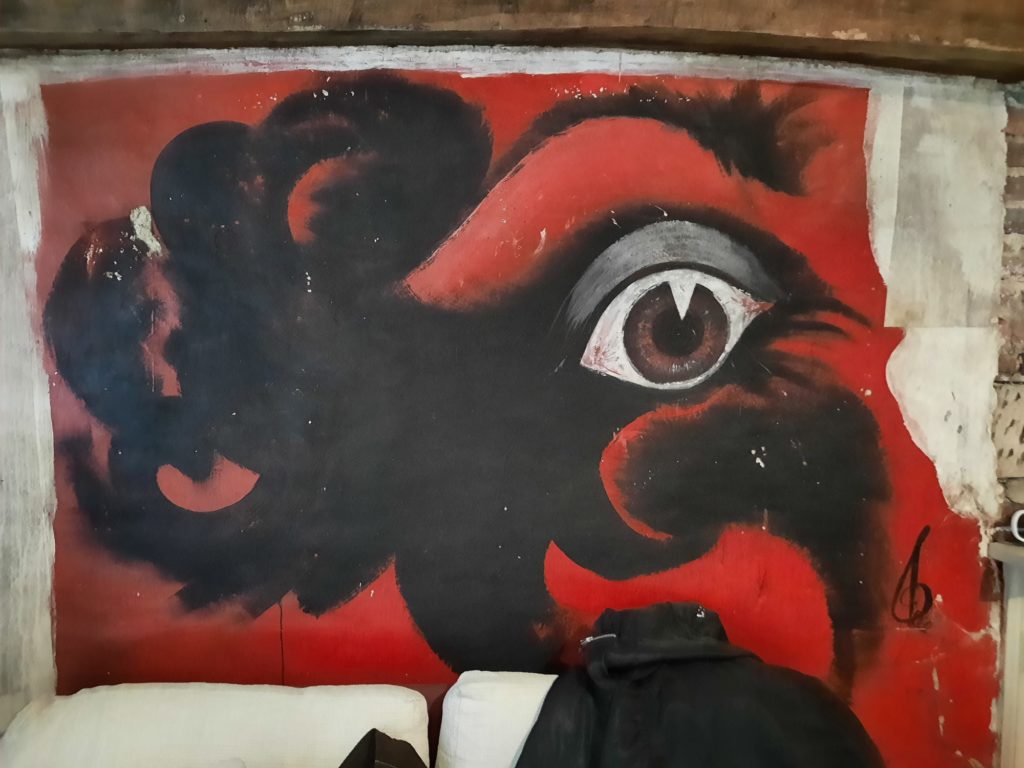
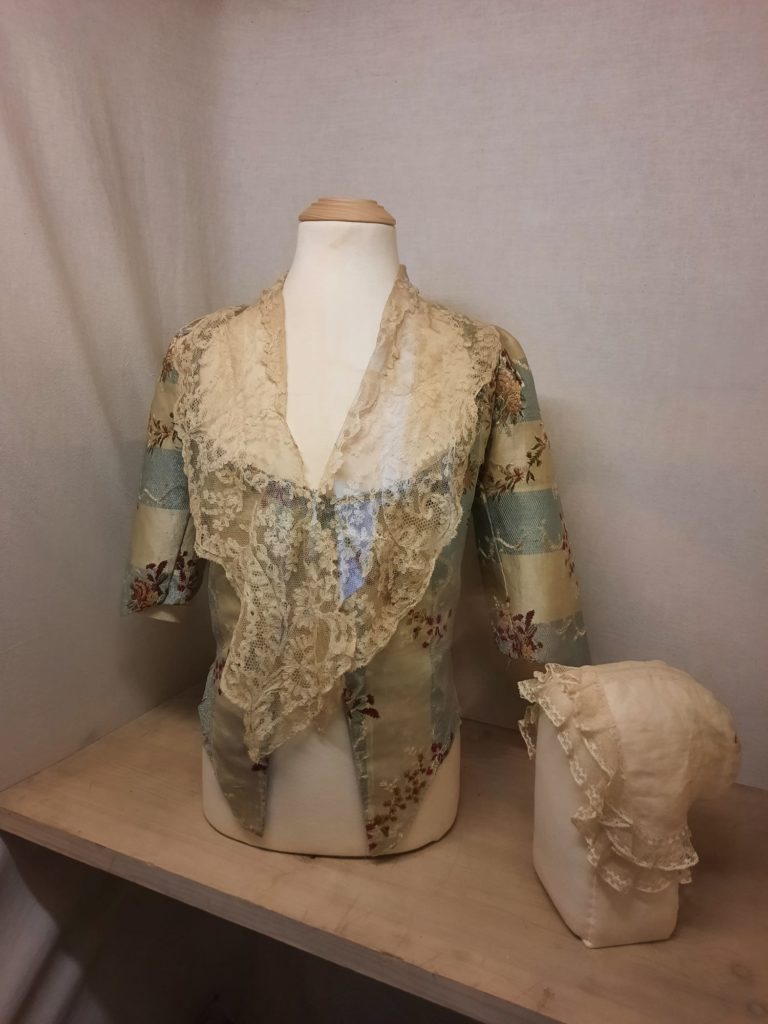
What Is There To See?
Because Sutton House has lived so many different lives, as it were, this is very far from being a property frozen in time. The different uses over the centuries have left their imprints. That being said, some of the house’s earliest residents have left their mark. There’s a ‘Linenfold Parlour’, for instance. This is a set of wooden panelling resembling folded cloth, an expensive luxury and a status symbol. A painted version underneath some of the wood might point to the owner having an aspirational trompe l’oeil version before they could afford the real thing. Likewise the staircase, larger than the Tudor original, has painted decoration that in a fancier house would have been sculpted.
And this is something that I think is quite nice about Sutton House. It’s not a stately home owned by the same family since the Reformation. It was built by a courtier, sure, but it’s fairly modest. You can see the imprints left by all the different things the house has been since its first construction. Including the squatters: an upstairs bedroom is laid out like it was in their time, including an original mural.
The National Trust tells all these stories: Tudor country house, merchant’s London base, home to Huguenot family, school, squat, by kitting out rooms in different period styles. There are a few original objects (like gloves lost by schoolgirls under floorboards); bits and pieces of period furniture; and props, as in the Tudor kitchen. A display in the attic squatter’s room shows off various finds from an archaeological dig at some stage. It’s a shame that Covid seems to have claimed the cafe and bookshop because this would be a nice place to spend a good couple of hours and take in all the history.

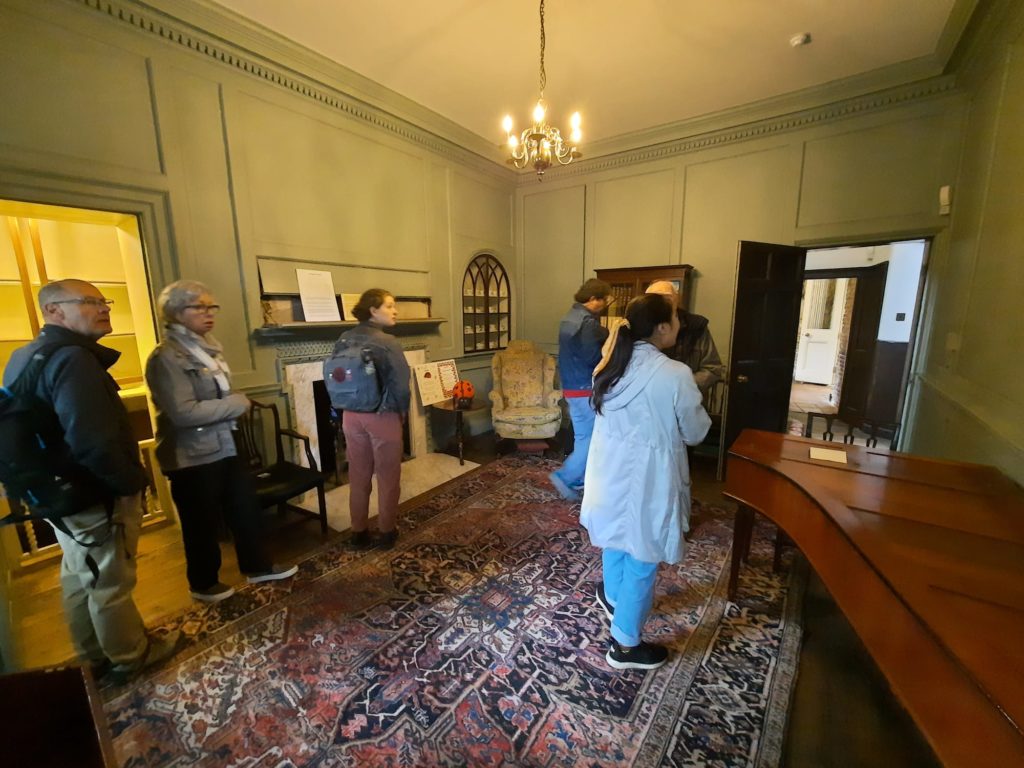
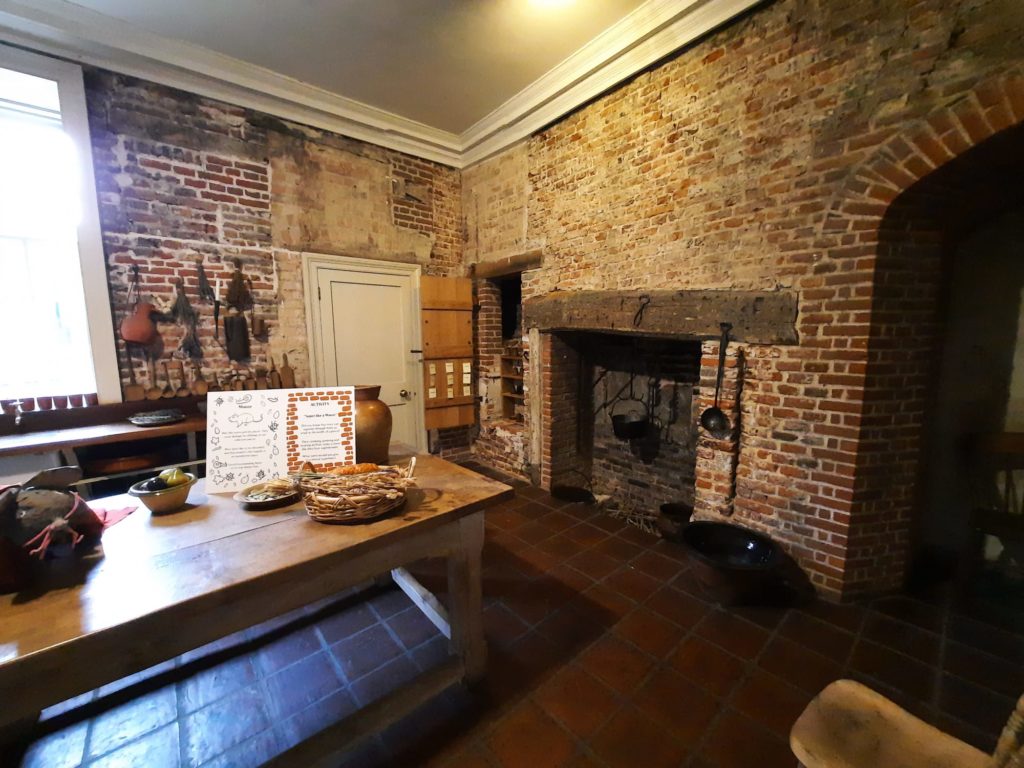
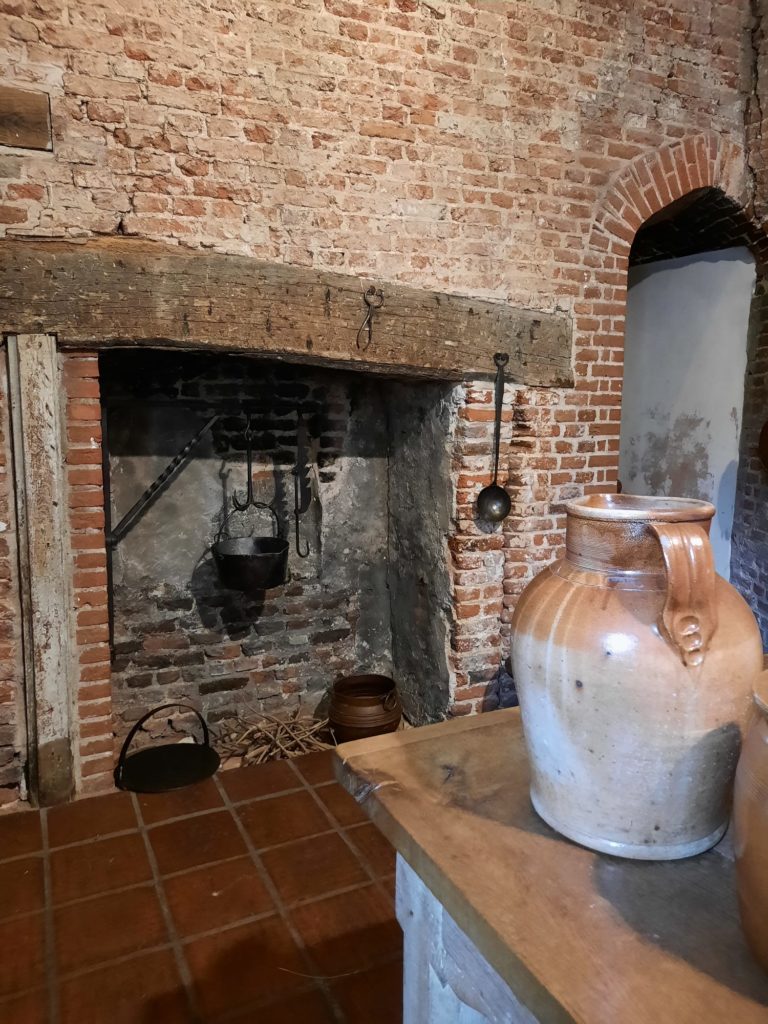
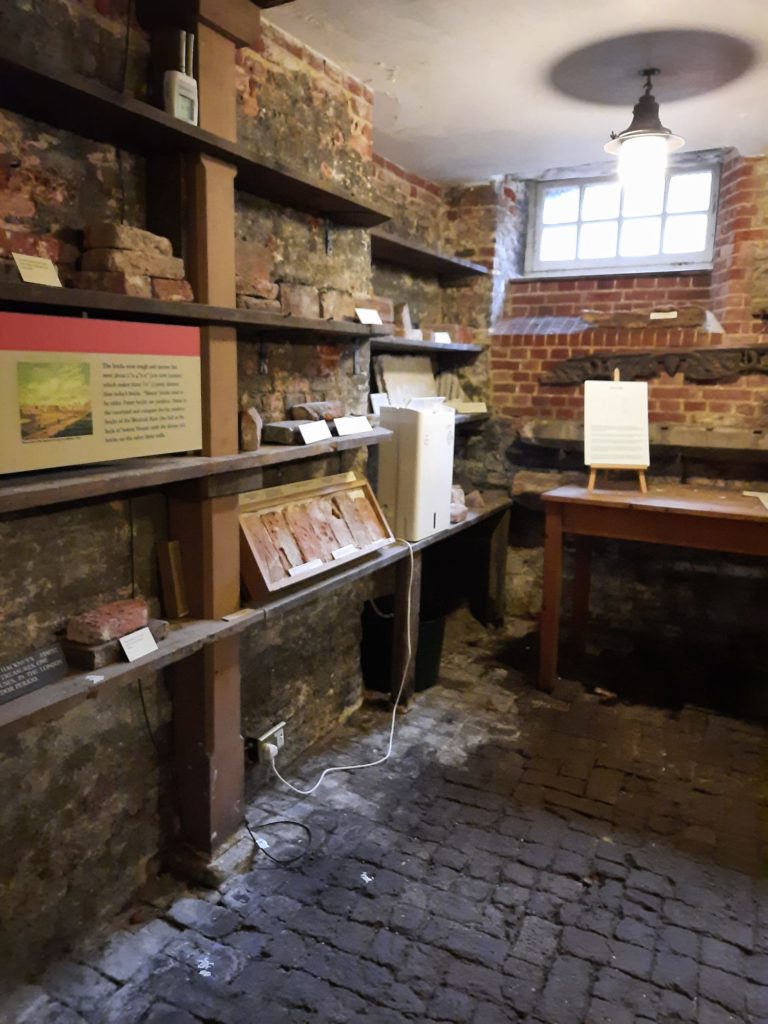
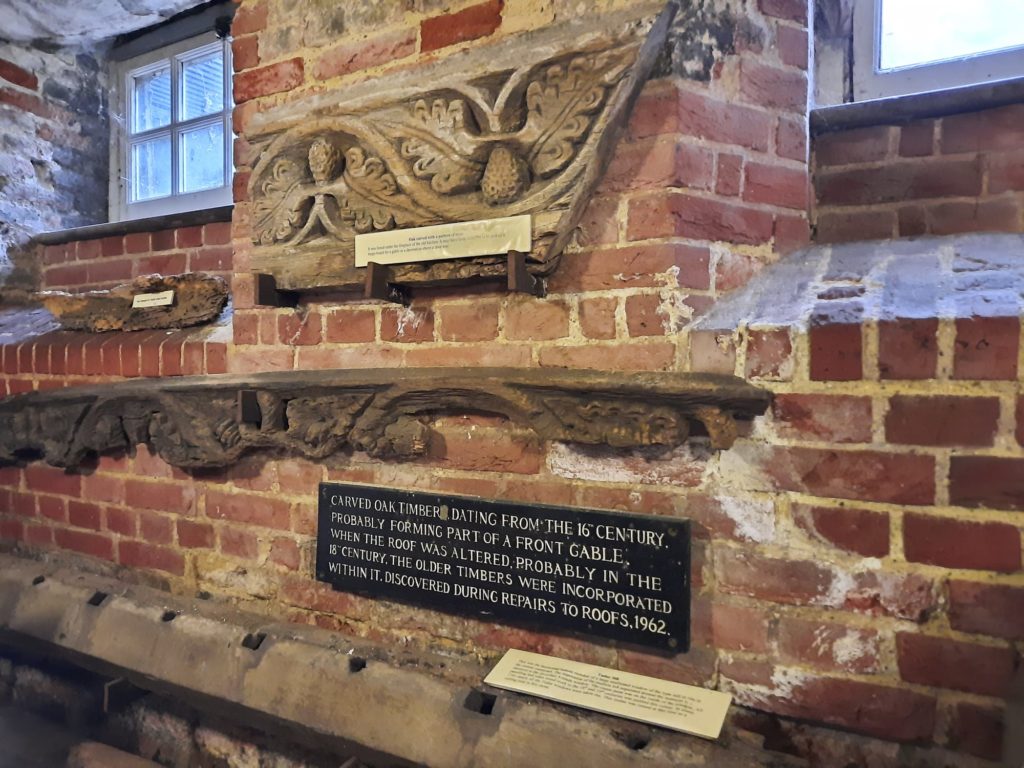
The Story of Hackney
Another point which our guide made well was about the way the story of Sutton House mirrors that of Hackney. When Hackney was a small country hamlet, Sutton House was a peaceful country retreat. When colonial trade became more important, a board member of the East India Company lived here. In the 17th Century Huguenot weavers fled to London, and some lived here. This was still quite a respectable place in the 19th Century, and housed one of many private schools. When Hackney became a bit edgier in the 20th Century, it was a squat. And let me now tell you about Breaker’s Yard.
The National Trust website lists the property as Sutton House and Breaker’s Yard. It took me a while to figure this out. During Hackney’s edgy 20th Century years (I use ‘edgy’ as a sort of tongue in cheek euphemism for its more pre-hipster reputation), there was a mechanic’s yard right next to Sutton House. Apparently the owners were at first hopeful that the National Trust would purchase it from them. When that wasn’t forthcoming they gifted it, on the condition that it be open to the community. It is today, sort of. When I visited on a Sunday, it only opened shortly before my tour commenced. But the car-themed decoration is a nice touch, and it certainly gives better access and outdoor space to Sutton House overall.
So all in all this is a nice outing, and something very different to do in Hackney. The guided tour is informative and insightful. And I liked seeing how the National Trust responds to such a complex history as well as the way their own appreciation for this historic and community asset has grown over the years.
Salterton Arts Review’s rating: 3/5
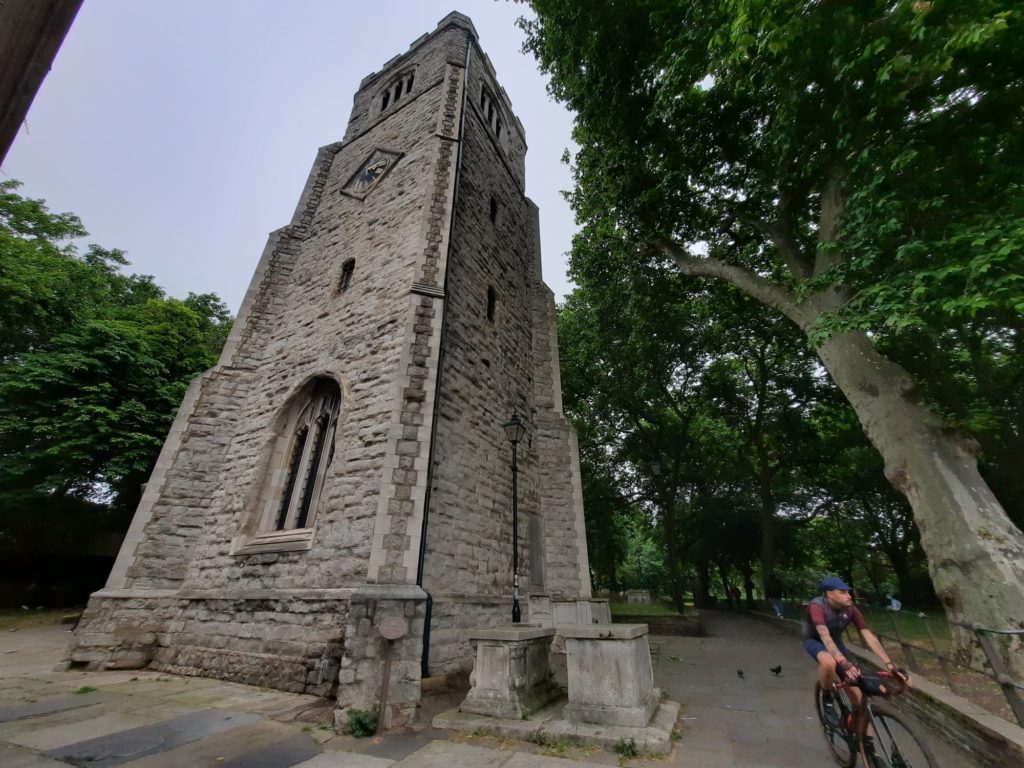
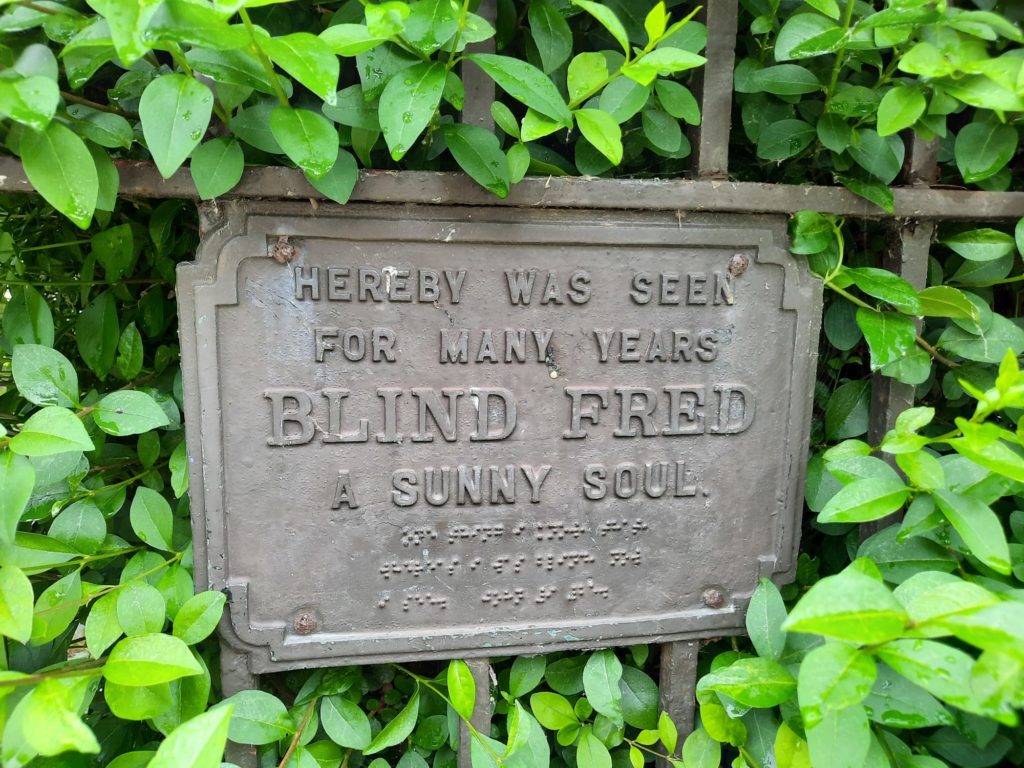
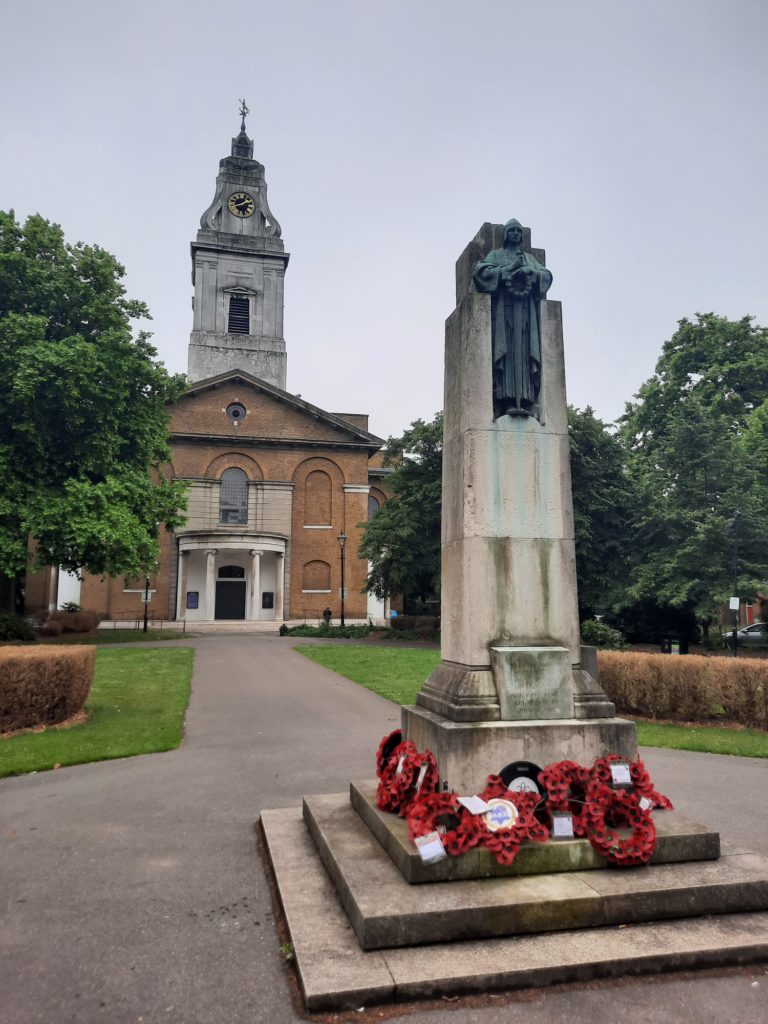
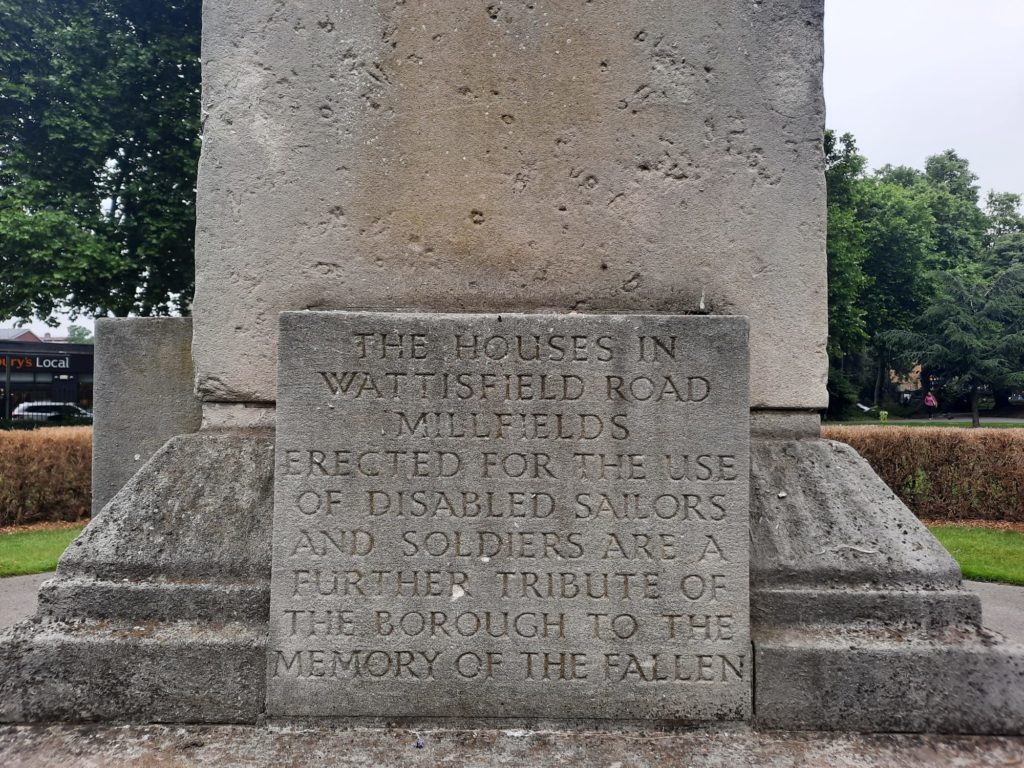
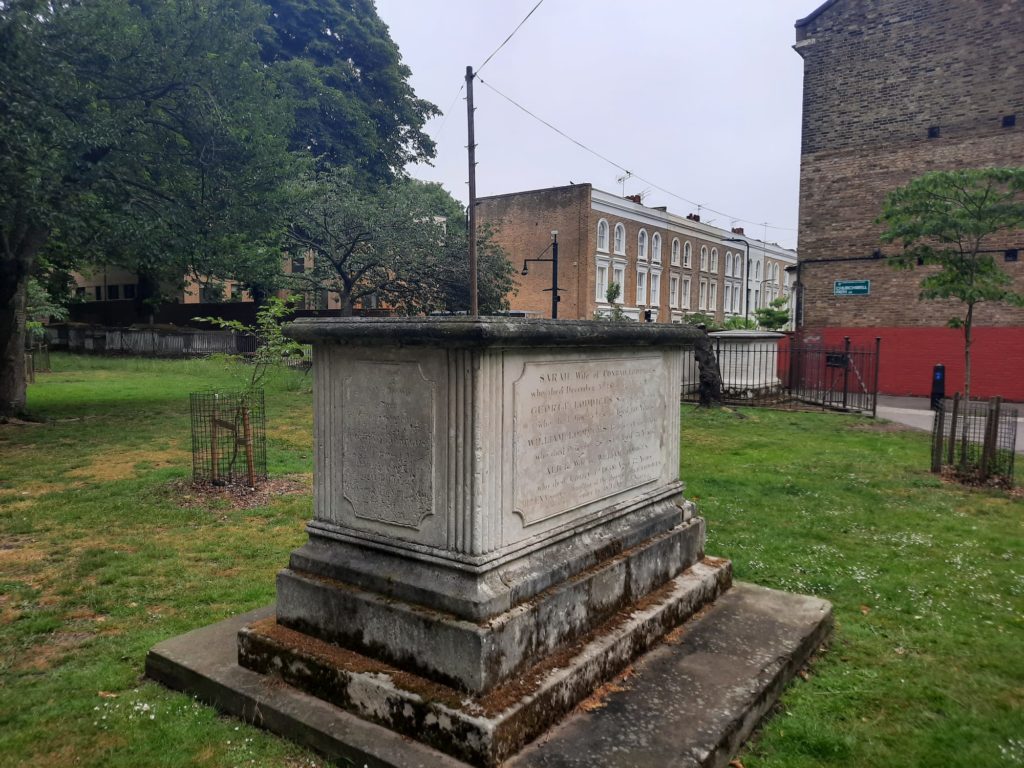
What’s Around Sutton House?
If you happen to visit Sutton House yourself, leave time before or afterwards to explore the local area. It’s a fascinating neighbourhood rich in heritage. The grounds around St John’s Church (remember when they had an Institute in Sutton House) are particularly good. There is St Augustine’s Church Tower, a 13th Century church of which only the tower has remained for centuries. A plaque commemorating ‘Blind Fred’. A lot of information panels in the cemetery to tell you about notable graves.
It would be worth a heritage walk to explore the local area at some stage. I’ll have to see what I can do!
Trending
If you see this after your page is loaded completely, leafletJS files are missing.

